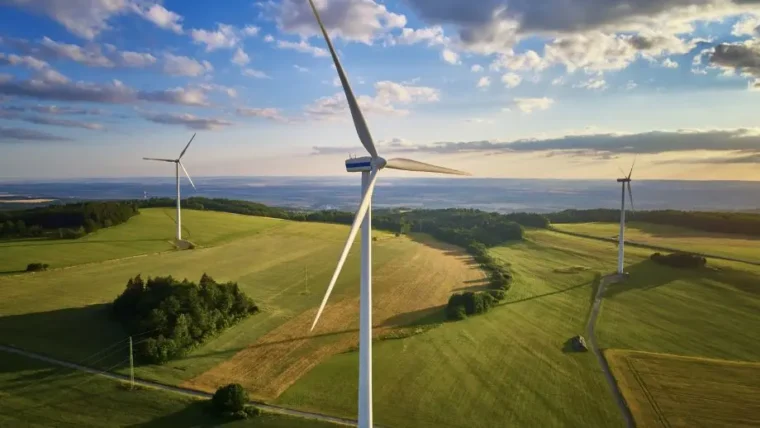You’ve mapped your carbon footprint, but what about your water footprint?
Social, economic, political, environmental, ecological and agricultural aspects of life are all negatively impacted by increased water shortages across the globe. As populations continue to increase and economies continue to grow, water scarcity is only going to become more prevalent. In order to help understand the current (and future) water crisis, Professor Arjen Hoekstra created a methodology to identify the water footprint (WF) of various goods and services.
Water footprinting is a concept whose origins are rooted in the desire to create a metric that would explain the amount of water consumed and/or polluted to produce goods and services. Where traditional water consumption measurements largely focus on abstraction and the end use of water, water footprints also identify when and where the water was consumed and polluted. It focuses on the life-cycle of a good or service and direct or indirect water sources.
There are 3 different water footprints:
- Green water footprint: water from precipitation that is stored in the soil and evaporated, transpired or utilised by plants. This is particularly relevant to agricultural, horticultural and forestry products.
- Blue water footprint: water that has been sourced from groundwater or surface water and is either evaporated, incorporated into a product or taken from one body of water and returned to another at a later time. Industry, domestic water use, and irrigated agriculture have blue water footprints.
- Grey water footprint: the amount of freshwater required to absorb pollutants to meet specific water quality standards, considers the amount of point-source pollution discharged to freshwater resource directly or indirectly.
The metric was first used to estimate the WFs of various countries. The methodology has now also been utilised to determine the WF of animal products, plant-based products and diets of different regions around the world. A chart produced by Mekonnen and Hoekstra (2010) depicts the WF of various crops and animal products shows that animal products tend to have a larger water footprint when compared to crop products. With the increase in data and research into the subject, the WF methodology evolved into what is now known as the Water Footprint Standard.
After the creation of the Water Footprint Standard, many organisations recognised the value in determining their WF. Coca-Cola and Unilever are just two of the organisations that have carried out water footprinting to understand future risks and identify areas in which impacts to water could be reduced.
Applications
Identifying the water footprint of your organisation is an excellent way to gather baseline data which can then inform objectives / targets internally and along the supply chain. It can also be a beneficial measure when considering the life-cycle of an organisation’s products, services and/or activities (as is a requirement of the International Standard ISO 14001:2015). Also, it can provide some future-proofing if the product or activities carried out by your organisation are water intensive. The water footprint can give backing to the installation of projects that make the organisation less reliant on freshwater sources of water and more resilient in future climates.









